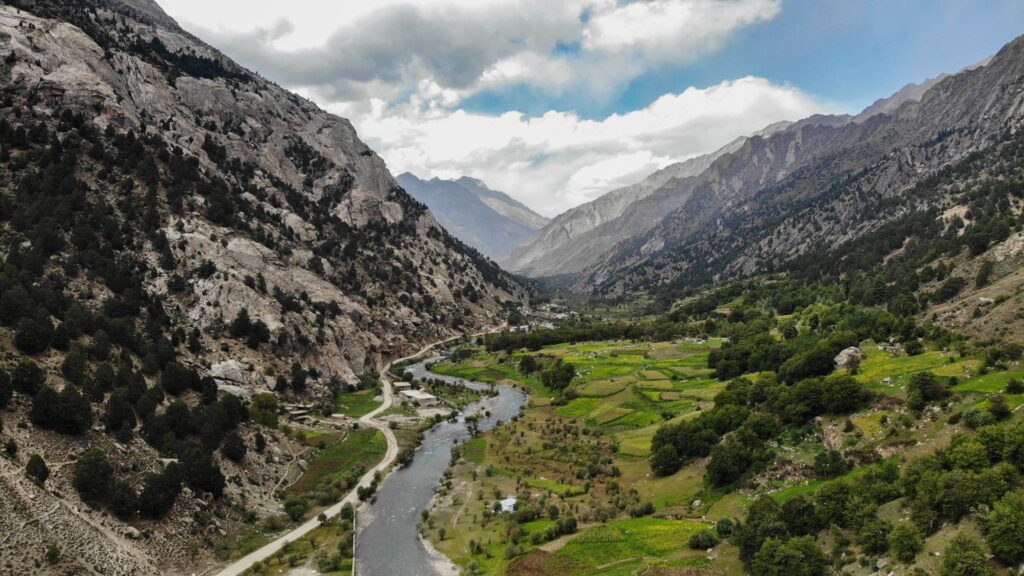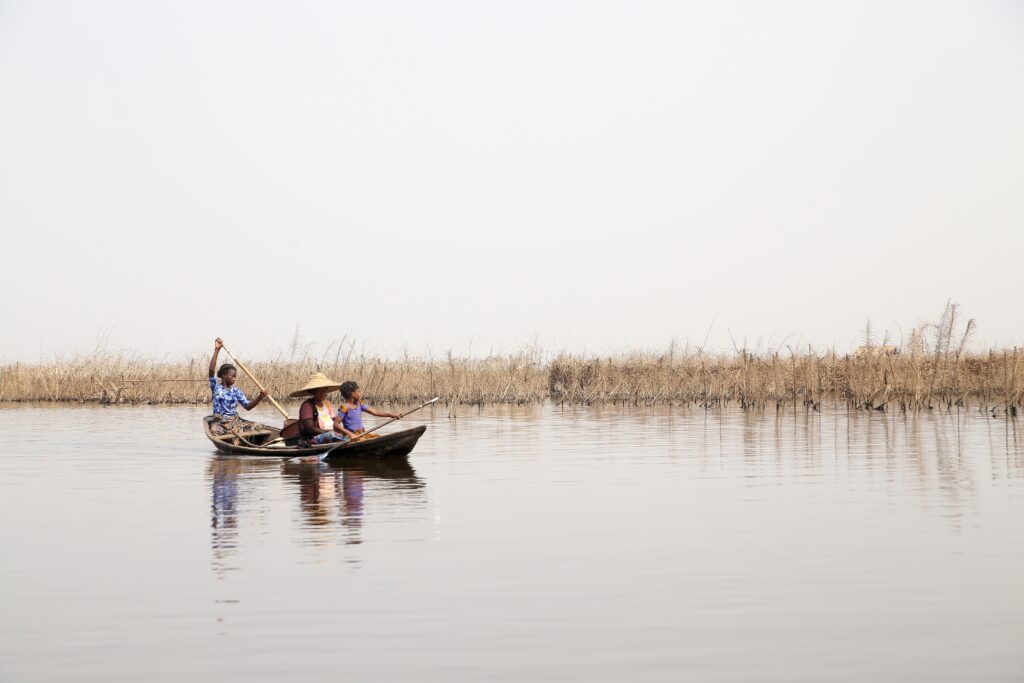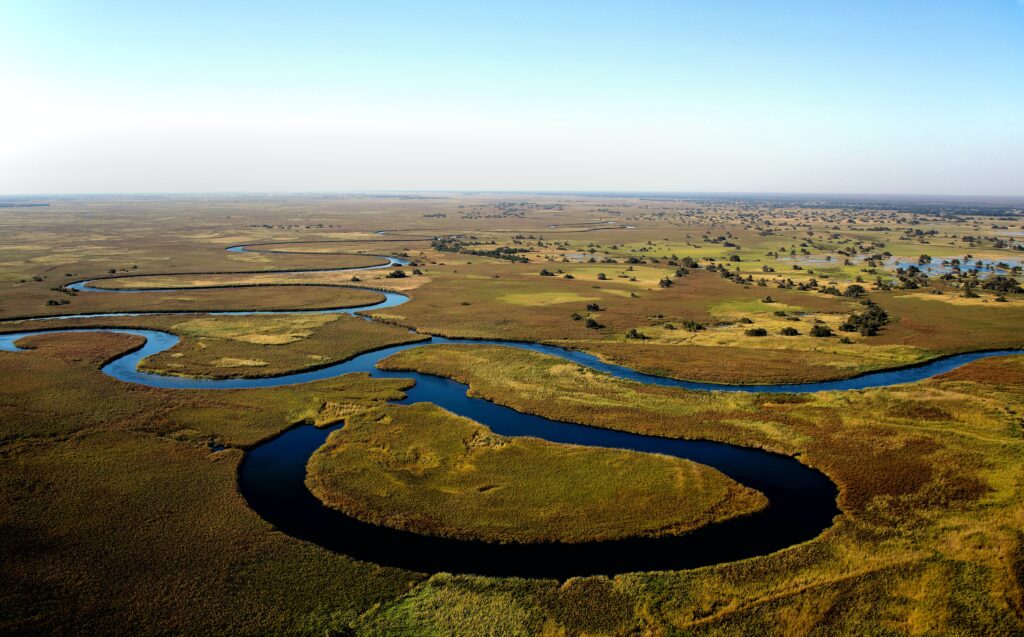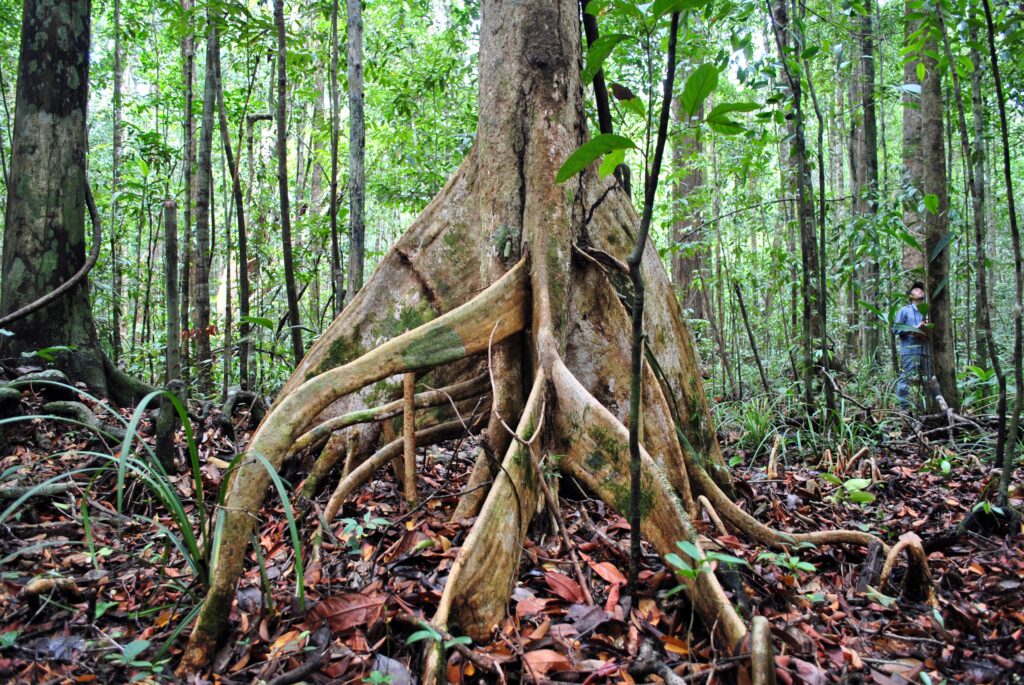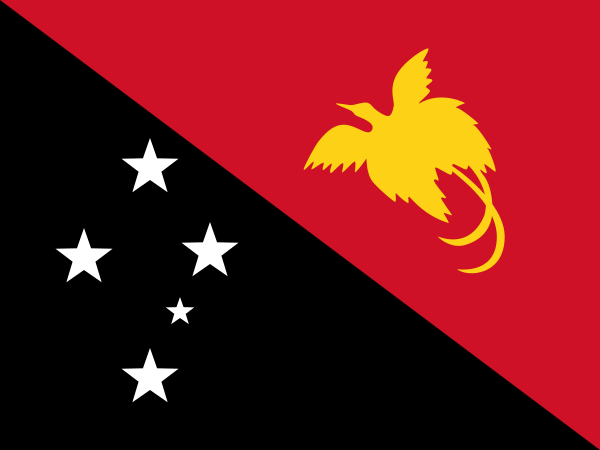

Papua New Guinea
- Home
- Which-Half?
- National Report Cards
- Papua New Guinea
SPI: 8.41
Species Protection Index Average: 42
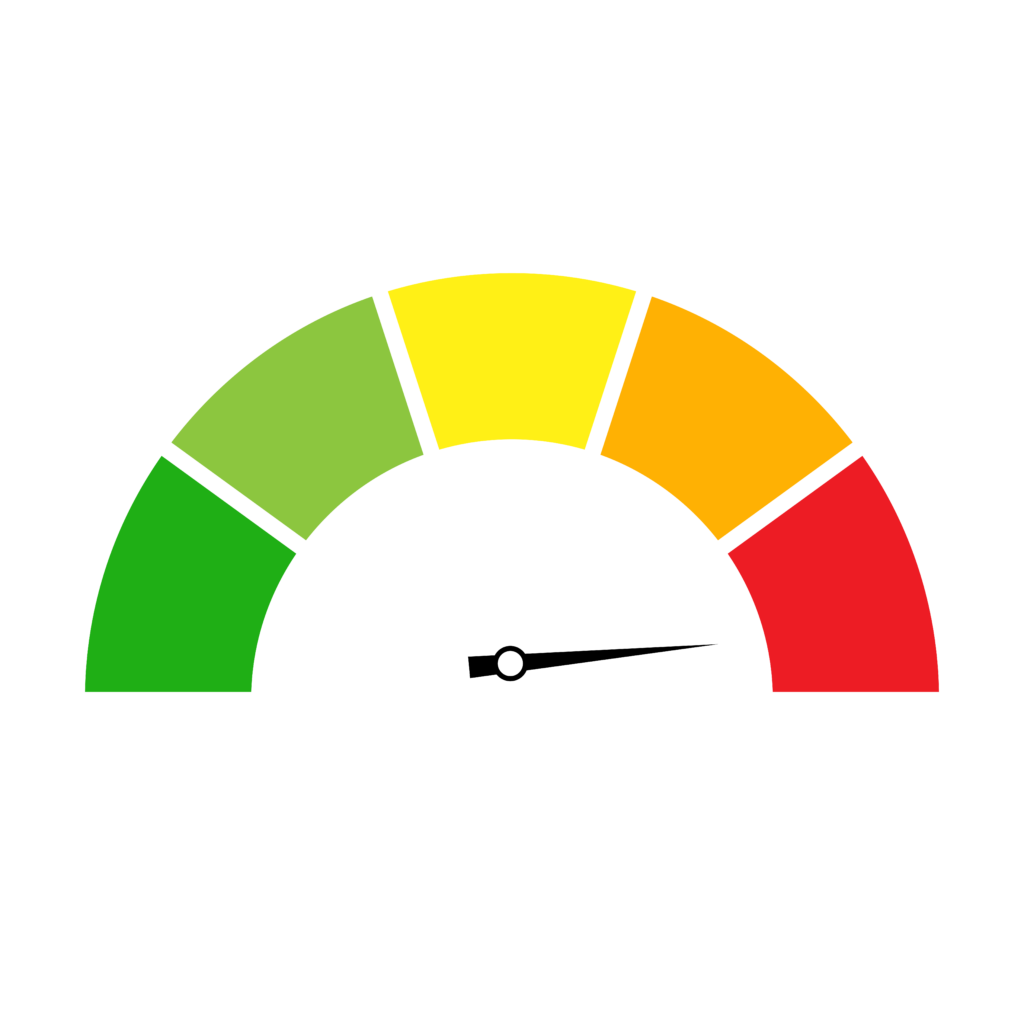

National Report Card: Papua New Guinea
Papua New Guinea is composed of a group of islands in the South Pacific Ocean. Its coastal plains rise to inland mountains. A significant portion of the country splits the island of New Guinea with Indonesia. Most of the country is used for human activities, in its majority by urban use.
Papua New Guinea has high biodiversity rarity of terrestrial land vertebrates at a global scale. When analysed as single taxons, the rarity of amphibians, birds, mammals and reptiles is also high. The rarity of marine fish and mammals is also high. Challenges to biodiversity include rainforest loss; soil erosion; poor water quality; large-scale mining; destructive fishing practices; and coastal pollution.
4%
of land currently protected
1599
total land vertebrate species
549
endemic land vertebrate species
Species of significant conservation interest
Tree Kangaroo
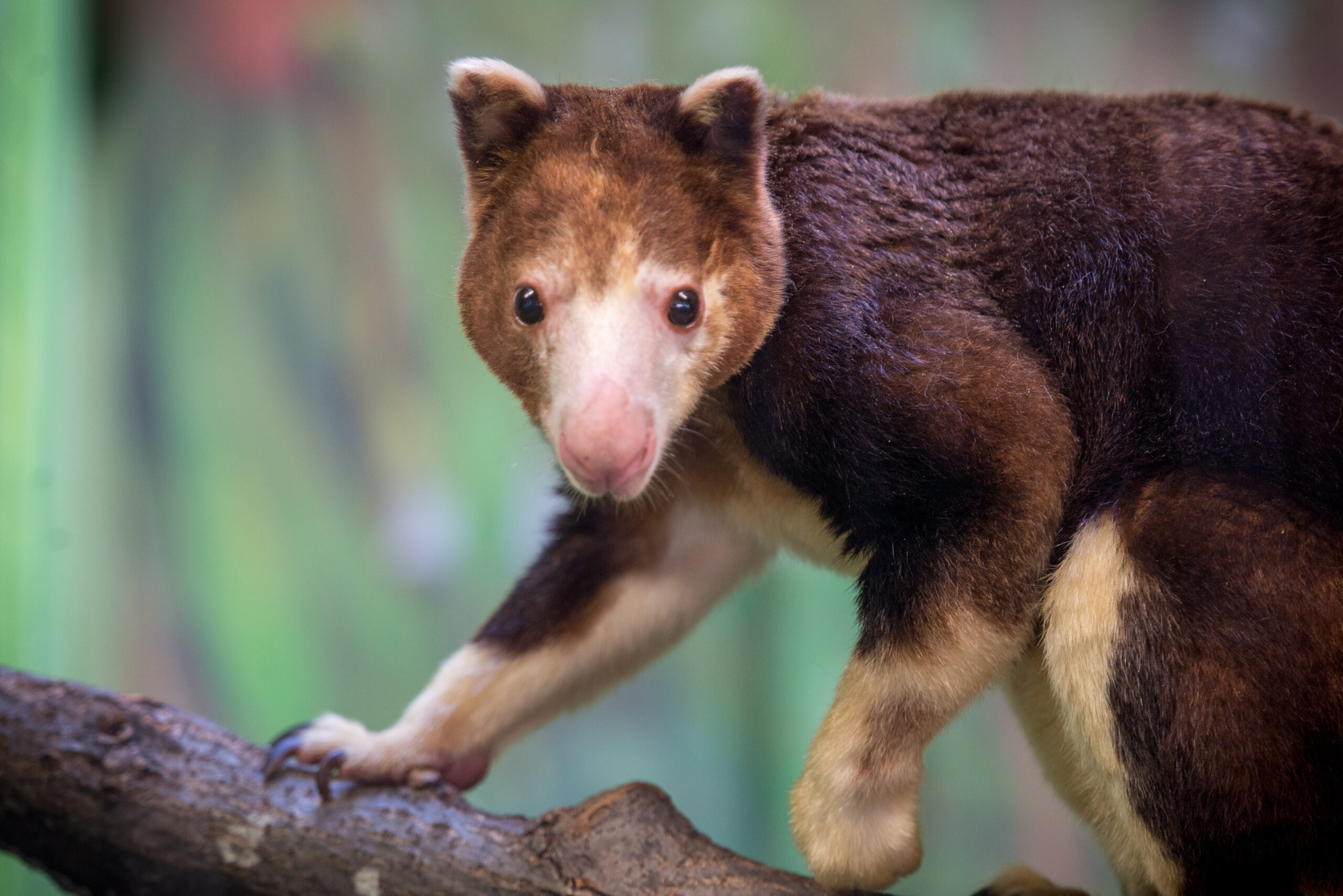

375
amphibians / 282 endemic
648
birds / 65 endemic
262
mammals / 82 endemic
314
reptiles / 120 endemic
Information on this page was sourced from the CIA World Factbook and the Half-Earth Project Map.

